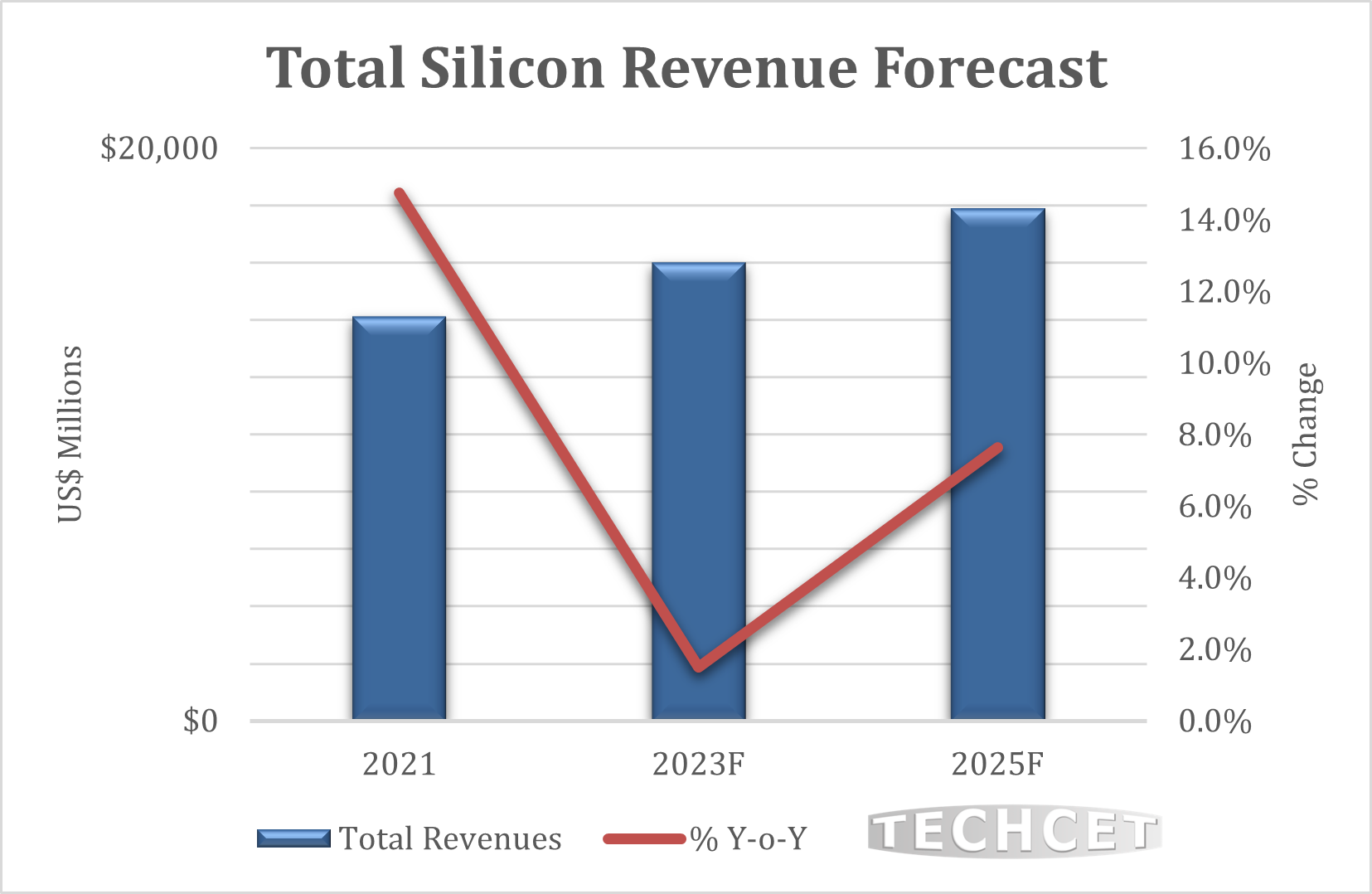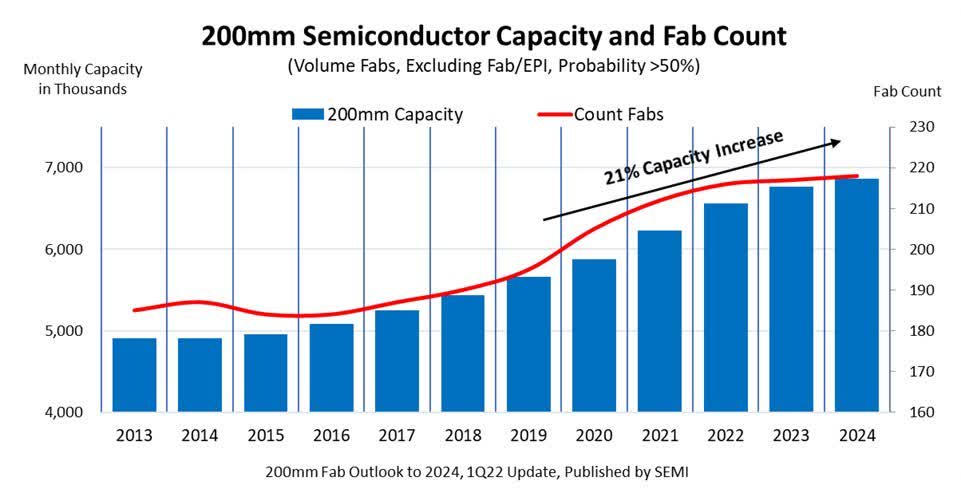Bottom line: An end to the chip shortage has been predicted. Sadly, it won't be until 2024, when new factories start increasing wafer output, meaning we've got another two years before things start returning to normal.

Research firm Techcet (via The Register) writes that while manufacturing capacity is growing, it will not be enough to meet projected wafer demand in 2022 or 2023, impacting chip production and prices. It writes that 300mm wafers are being produced at the rate of 7,200 wafers per month (wpm), which is approximately equal to the projected demand, but that demand is increasing fast, and wafers are specialized to customer specifications and device requirements, so supply issues can vary based on customer needs.
Major wafer suppliers are investing in new plants to meet capacity, but it takes a long time to build and equip these facilities—around two to three years—so new production won't be available to alleviate supply constraints until 2024.
Techcet notes that the wafer shortage is creating an opportunity for new 300mm suppliers in China, who could fill some of the gaps if they can meet qualification standards. However, rising energy and raw material costs are keeping the pressure on manufacturers and pushing up prices.
While that's not the news consumers want to hear, silicon wafer makers aren't complaining about the price of their products going up. Techcet predicts that the market will generate $15.5 billion in revenue this year, up 14.8% from 2021. It marks the first time in over a decade that the wafer market will experience two consecutive years of double-digit growth.
The report arrives soon after industry consortium SEMI announced that semiconductor manufacturers worldwide are on track to boost 200mm fab capacity by 1.2 million wafers to hit a record 6.9 million wafers per month, helping ease the chip shortage. This will be used to create low-cost chips such as analog, power management and display driver integrated circuits (ICs), MOSFETs, microcontroller units (MCUs) and sensors for applications such as 5G, automotive and Internet of Things (IoT) devices.
Last month brought more unwelcome chip-related news when specialized chip tool manufacturers like ASML, Lam Research, Applied Materials, and KLA warned their clients that they may have to wait up to 18 months to receive critical equipment.
https://www.techspot.com/news/94156-chip-shortage-expected-last-until-new-wafer-plants.html

